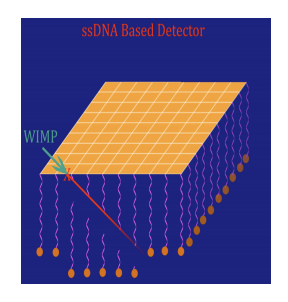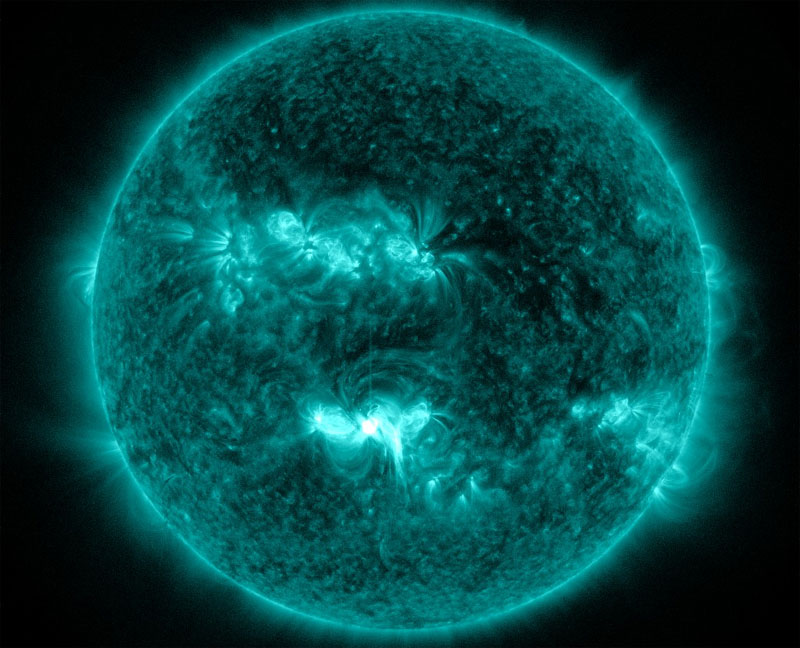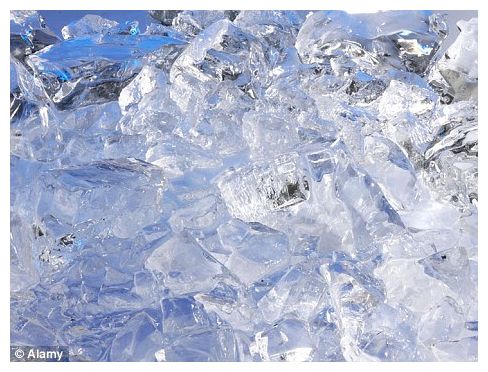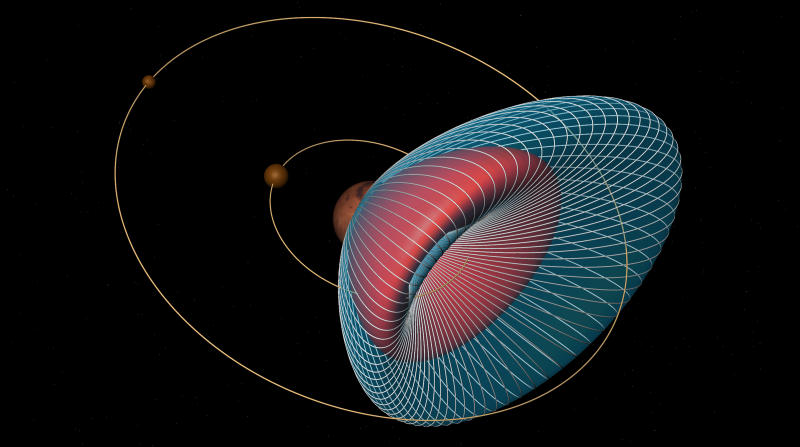
© Technology Review, MIT
Perhaps the greatest and most fiercely contested race in modern science is the search for dark matter.
Physicists cannot see this stuff, hence the name. However, they infer its existence because they can see its gravitational influence on the structure of galaxies and clusters of galaxies. It implies that the universe is filled with dark matter, much more of it than the visible matter we can see
If they're right, dark matter must fill our galaxy and our Solar System. At this very instant, we ought to be ploughing our way through a dense sea of dark matter as the Sun moves towards the constellation of Cygnus as it orbits the galactic centre.
That's why various groups are racing to detect this stuff using expensive detectors in deep underground caverns, which shield them from radiation that would otherwise swamp the signal.
These experiments are looking for the unique signature that dark matter is thought to produce as a result of the Earth's passage around the Sun. During one half of the year, the dark matter forms headwind as the Earth ploughs into it; for the other half of the year, it forms a tailwind.
Indeed, a couple of groups claim to have found exactly this diurnal signature, although the results are highly controversial and seem to be in direct conflict with other groups who say they have not seen it.
There's a a straightforward way to make better observations that should solve this conundrum. The dark matter signal should vary, not just over the course of a year, but throughout the day as the Earth rotates.
The dark matter headwind should be coming from the direction of Cygnus, so a suitable detector should see the direction change as the Earth rotates each day.
There's a problem, however: nobody has built a directional dark matter detector.




Comment: Continue to Part Eight: Letters From the Edge
See also: Mass Extinctions - Interruptions in the Orderly Process of Evolution for some great graphics!
Dinosaur Extinction Page
Crater Morphology; Some Major Impact Structures